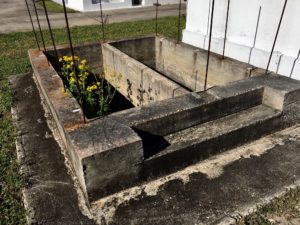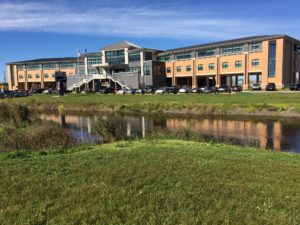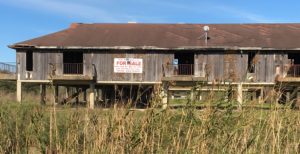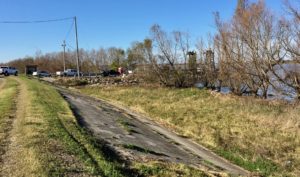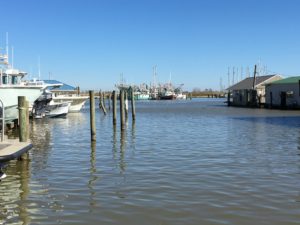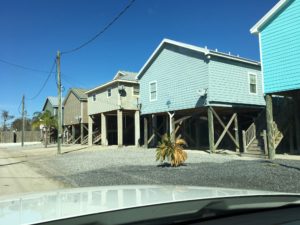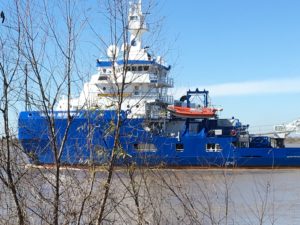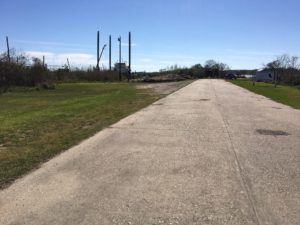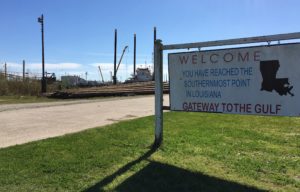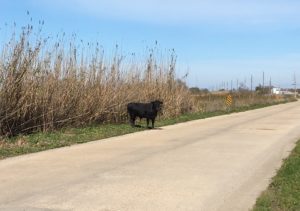I pretty much had one thing in mind when I planned a stay in the New Orleans area again this year. The desire to explore the highway that follows the Mississippi down to the end had lingered that long. Last year some dangerous weather chased me off the highway into an Econo-Lodge, so I ended up with a day less in the New Orleans area than I’d planned.
I’ve learned that a lot of people think the Mississippi ends at New Orleans. In truth it continues SE out of N.O. for about 70 miles to Venice, LA. There the road ends and the river dissipates into ever more watery bayous, and then the gulf. On the map it shows one more town out on the bayou, Pilottown, but the road doesn’t go there.
This blog would be incomplete without some mention of reality vs. expectations. And I should add that my exploration down this road was not a disappointment because of un-met expectations. I didn’t know what I would find in spite of certain images parked in my head.
If you are an Allman Brothers fan you probably remember an early album that had a picture of Duane standing on the shore in a bayou somewhere wetting a line. In my head, along this road, I had myself pictured having a Duane Allman moment. (Pause here to note that there was no better slide guitar player. Another who left us too young.)
In my head I had all of these little towns out on the very end of the mighty river pictured as sleepy little fishing towns. Ah, once again, you are mistaken Grasshopper. With a nod to a small few who actually make their living fishing down here, the reality is that this entire 70 miles of Mississippi are dedicated entirely to one thing; the movement of goods into and out of the US. The towns, populated with all manner of temporary housing, are filled with workers that feed that beast. And everything is huge. Huge cranes, huge barges and tugs, huge refinery and oil processing plants, and gigantic oil derricks under construction. What seems like miles of shipping container yards. There’s a company down here that makes one product; gigantic floatation units for working out on the bayou and gulf. Perched at the end of the US waterway is one of the most intensely industrial regions I have ever been in. In hindsight, when I think about it, it makes perfect sense. And of course there is the aftermath evidence of Katrina and Rita.
A cemetery that had to be completely re-done after Katrina.
What do you do when a hurricane comes roaring up the peninsula and buries your high school under tons of mud, sand, and debris? You build an entire high school on stilts and move it right next to the highway for better evacuation.
What do you do when Katrina wrecks your motel and there isn’t enough FEMA and insurance money to make it inhabitable again? You walk away.
About halfway down to the end of the line there is a small ferry that can handle about six vehicles at a time.
And as I said, there are some fishing communities down here.
This is what it looks like at the end of the line.
And he makes sure visiting Yankees don’t feel too welcome. 🙂
